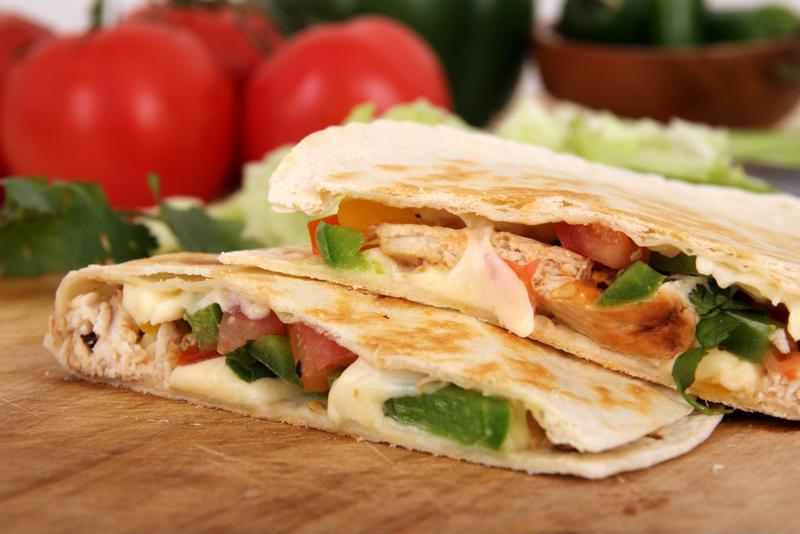Any grocery store has plenty of flour and corn tortillas that will do the job for a taco dinner at home. But if you’re enrolled in culinary academy, you know there’s nothing better than a fresh, homemade wrap for your delicious ingredients. When you learn what goes into making an extra-tasty tortilla, you can bring dishes inspired by Mexican and Central American cuisine to the next level.
Pressing a better tortilla
Fresh corn tortillas require just a few ingredients, but the key is masa harina, a traditional flour used in Latin American cooking. As The Kitchn explained, the masa is made from ground corn kernels immersed in limewater. That soaking process makes it possible to produce tortillas that are sufficiently soft but also hold together.
“Masa harina is a traditional flour used in Latin American cooking.”
Combine the masa harina with salt and pour in hot water. Knead the dough until it’s smooth, and let it rest for about 15 minutes. Roll the dough into balls and flatten them out with a tortilla press – though a rolling pin can also do the job.
Cook the tortillas on a comal, cast-iron skillet or griddle at medium-high heat for up to two minutes on each side. Wrap the tortillas in a towel as you finish so the steam can soften them. Once they’re cooked, you can either put them to use right away or refrigerate for up to three days.
Flour tortillas require similar steps but differ in some key ways. According to Serious Eats, this Tex-Mex staple calls for a mixture of all-purpose flour, salt, baking powder, lard or vegetable shortening, and warm water. After kneading the dough and forming balls, rest them under a damp cloth for 15 minutes. Heat the pan to 500 degrees Fahrenheit and cook the tortillas for about a minute on either side.
 You can adjust the thickness and texture of homemade tortillas to suit a particular dish.
You can adjust the thickness and texture of homemade tortillas to suit a particular dish.Magnificent masa
Mom-and-pop taquerias and celebrated dining establishments alike have perfected their approaches to tortillas, delivering consistently delicious results. Using homemade wraps instead of mass-produced ones mean that kitchens can tailor them perfectly to suit a particular purpose. For instance, a chef may prefer a thinner tortilla for serving grilled meat while choosing a thick one for quesadillas.
San Francisco’s Mission District is famed for its remarkable Mexican food, but, according to SF Weekly, one establishment’s tortillas reign supreme. Since the 1950s, La Palma has been preparing masa from scratch, cooking corn with lime and water on a daily basis. The exceptionally fluffy tortillas taste great and hold firm whether you’re digging into steak, pastor or chicken tacos.
At La Casa de Samuel in Chicago, no one can miss the fresh, hand-made tortillas. That’s because they’re prepared by employees stationed at a griddle in the front window. The warm, soft tortillas are used to hold a variety of unusual ingredients like alligator, quail or rattlesnake.
If you’re in Los Angeles, there’s no need to sit down in a restaurant to enjoy tortillas made on-site. According to the Los Angeles, the Taqueria Mi Ranchito truck produces extra-thin corn tortillas that are perfectly suited to the signature steak tacos.
One company emerging from the Austin culinary arts scene has demonstrated that tortillas can be tasty and satisfying even if they are a departure from tradition. As Forbes reported, Siete Family Foods uses ingredients like almond flour and avocado and coconut oils to produce grain-free products. The tortillas have made their way into about 400 retailers across the country, letting even those on on gluten-free or paleo diets enjoy tacos and burritos.
Any student at an online accredited culinary arts institute can benefit from learning to make tortillas. Whether you prefer corn or flour-based recipes, these wraps can go beyond bringing ingredients together to enhance the dish’s flavor and texture.




